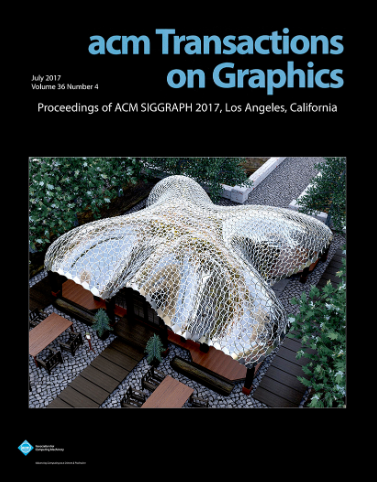双光圈二合一计算相机
IF 7.8
1区 计算机科学
Q1 COMPUTER SCIENCE, SOFTWARE ENGINEERING
引用次数: 0
摘要
传统相机为从业余摄影到自动驾驶等各种应用提供了多功能性,而计算相机则可针对特定领域进行调整。采用共同设计的光学元件和图像处理算法的照相机,通过对传统照相机无法检测到的场景信息进行光学编码,可实现高动态范围图像复原、深度估计和高光谱成像。然而,这种光学编码为传统图像复原带来了一个具有挑战性的反重建问题,而且往往会降低整体成像质量。因此,采用特定领域光学技术的计算相机仅在少数无法通过其他方式获取捕捉信息的专业应用中得到采用。在这项工作中,我们研究了一种将两个光学系统合二为一的方法来应对这一挑战。我们将传统相机的光圈分成两半:一半通过衍射光学元件对入射光进行特定应用调制,以生成编码图像捕获;另一半不进行调制,以生成传统图像捕获。利用双像素传感器共同设计分割光圈的相位调制,我们可以同时捕捉这些编码和非编码图像,而不会增加物理或计算占用空间。有了未编码的传统图像和光学编码图像,我们研究了以传统图像为条件的图像重建方法,从而消除了现有方法难以消除的伪影和计算成本。我们评估了使用二合一相机进行光学高动态范围重建、单目深度估算和高光谱成像的拟议方法,在所有应用中都优于所有测试方法。本文章由计算机程序翻译,如有差异,请以英文原文为准。
Split-Aperture 2-in-1 Computational Cameras
While conventional cameras offer versatility for applications ranging from amateur photography to autonomous driving, computational cameras allow for domain-specific adaption. Cameras with co-designed optics and image processing algorithms enable high-dynamic-range image recovery, depth estimation, and hyperspectral imaging through optically encoding scene information that is otherwise undetected by conventional cameras. However, this optical encoding creates a challenging inverse reconstruction problem for conventional image recovery, and often lowers the overall photographic quality. Thus computational cameras with domain-specific optics have only been adopted in a few specialized applications where the captured information cannot be acquired in other ways. In this work, we investigate a method that combines two optical systems into one to tackle this challenge. We split the aperture of a conventional camera into two halves: one which applies an application-specific modulation to the incident light via a diffractive optical element to produce a coded image capture, and one which applies no modulation to produce a conventional image capture. Co-designing the phase modulation of the split aperture with a dual-pixel sensor allows us to simultaneously capture these coded and uncoded images without increasing physical or computational footprint. With an uncoded conventional image alongside the optically coded image in hand, we investigate image reconstruction methods that are conditioned on the conventional image, making it possible to eliminate artifacts and compute costs that existing methods struggle with. We assess the proposed method with 2-in-1 cameras for optical high-dynamic-range reconstruction, monocular depth estimation, and hyperspectral imaging, comparing favorably to all tested methods in all applications.
求助全文
通过发布文献求助,成功后即可免费获取论文全文。
去求助
来源期刊

ACM Transactions on Graphics
工程技术-计算机:软件工程
CiteScore
14.30
自引率
25.80%
发文量
193
审稿时长
12 months
期刊介绍:
ACM Transactions on Graphics (TOG) is a peer-reviewed scientific journal that aims to disseminate the latest findings of note in the field of computer graphics. It has been published since 1982 by the Association for Computing Machinery. Starting in 2003, all papers accepted for presentation at the annual SIGGRAPH conference are printed in a special summer issue of the journal.
 求助内容:
求助内容: 应助结果提醒方式:
应助结果提醒方式:


